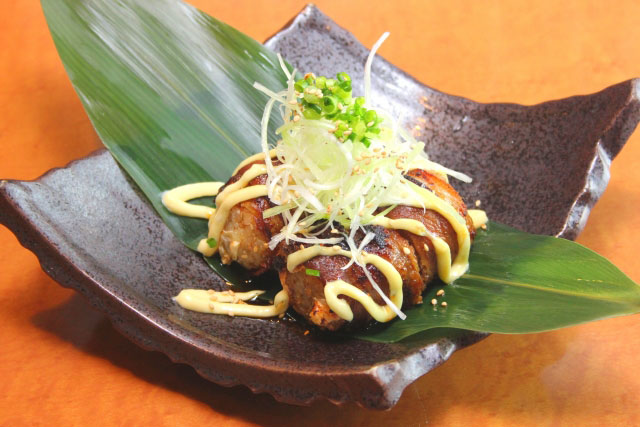Tag: shochu

A Food Lover’s Tour of Japan – Miyazaki for Shochu & Nikumaki Onigiri
Read more: A Food Lover’s Tour of Japan – Miyazaki for Shochu & Nikumaki OnigiriAs the seasons bring cold weather, we travel to Miyazaki Prefecture, located in the southern…
Japanese Drinks – Shochu!
Read more: Japanese Drinks – Shochu!Vodka. Whiskey. Gin. Tequila. Rum. Shochu. Some of the most famous liquors in the world…